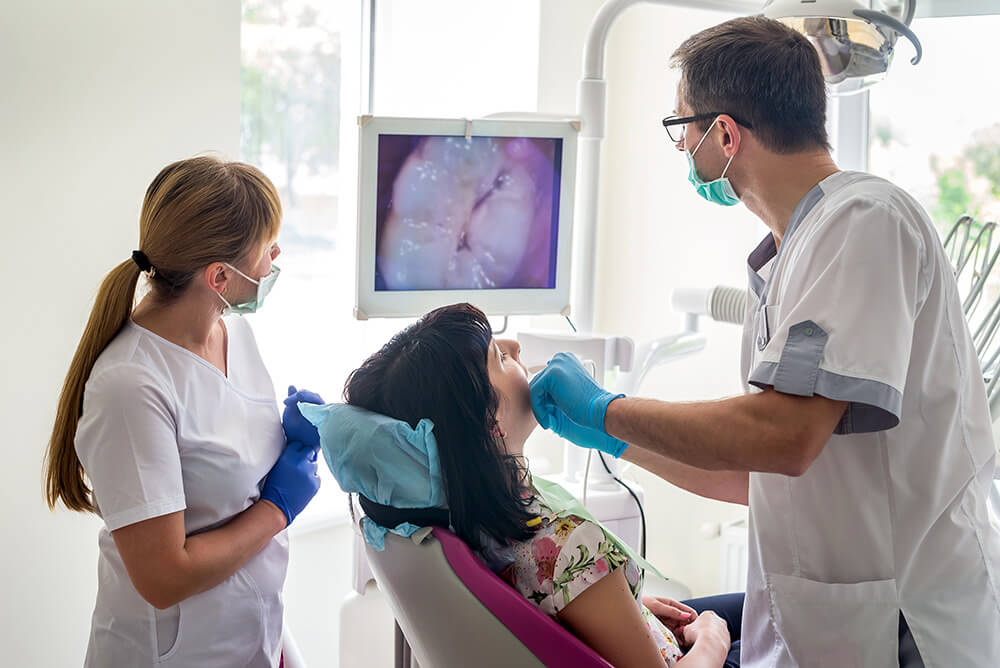
My Exam to Treatment Planning Structure
Before I come up with a treatment plan, I always do certain things in a certain order. That structure has allowed me to feel confident that I can treatment plan any case that walks into my office. That structure, or process, affects how I approach my exam, make my diagnosis, and ultimately make my treatment plan.
The process begins by looking at the following five areas during the patient exam. I gather information in each of these areas in the following order:
- The patient parameters of the case
- The aesthetic parameters of the case
- The functional parameters of the case
- The restorative parameters of the case
- The biologic parameters of the case
The first area I look at is the patient. What is the patient interested in? What are the patient’s circumstances, temperament, and dental health objectives? What is the patient’s current understanding of their dental health? How does that compare to my perception of their dental health? After answering these questions, I then move on to the four technical areas.
The first technical area I look at is the aesthetics of the teeth, gingiva, skeletal structure, and face. I then look at function, including the jaw joints, muscles, occlusion, and airway. The third area I look at is the restorative parameters of tooth structure, missing teeth, and the restorative materials and restorative techniques previously used in the mouth. And finally, I look at the biologic parameters, including caries, periodontal, and endo.
When I do my examination, I want information gathered in all five of these areas. When I sit down to do my exam diagnosis and treatment planning, I have all of that information in front of me and I’m going to always consider the five areas in the same order as I proceed with diagnosis and begin treatment planning.
When I plan the stages of treatment that will occur, the treatment sequence is in the order that is most appropriate for the case. For example, if the patient has a biologic health condition, perhaps, the need for a root canal or significant perio inflammation, I’m going to treat that condition at the front end of the treatment sequence, and not in the order in which I gathered information and reviewed it. The most appropriate treatment sequence will be the order in which I need to do restorative procedures to most predictably achieve the total best outcome.
Although my “structured approach” may not be the same as yours, I thought sharing mine with you could be of benefit to you. By establishing a process in which you gather and consider information in all five areas (Patient, Aesthetics, Function, Restorative, and Biologic), you will have all the information you need to consistently do diagnosis and treatment planning with efficiency and confidence.

For more information on this topic, I encourage you to take Treatment Planning and Case Presentation with me on June 11th – June 12th. This is a phenomenal way to solidify your knowledge and spend two days in sunny Key Biscayne, FL.
Related Course
E1: Aesthetic & Functional Treatment Planning
DATE: October 16 2025 @ 8:00 am - October 19 2025 @ 2:30 pmLocation: The Pankey Institute
CE HOURS: 39
Dentist Tuition: $ 6800
Single Occupancy with Ensuite Private Bath (Per Night): $ 345
Transform your experience of practicing dentistry, increase predictability, profitability and fulfillment. The Essentials Series is the Key, and Aesthetic and Functional Treatment Planning is where your journey begins. Following a system of…
Learn More>







Nice Lee——The process!
Fantastic as always!